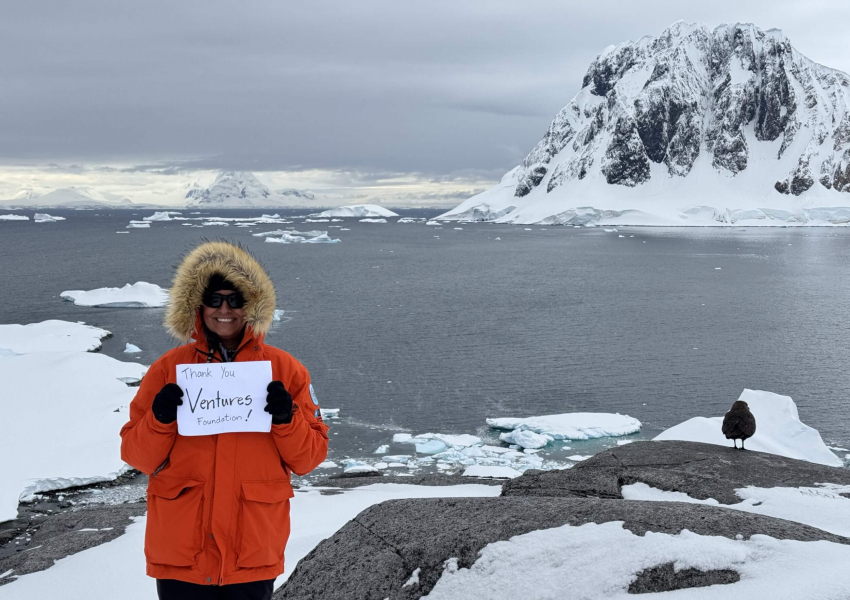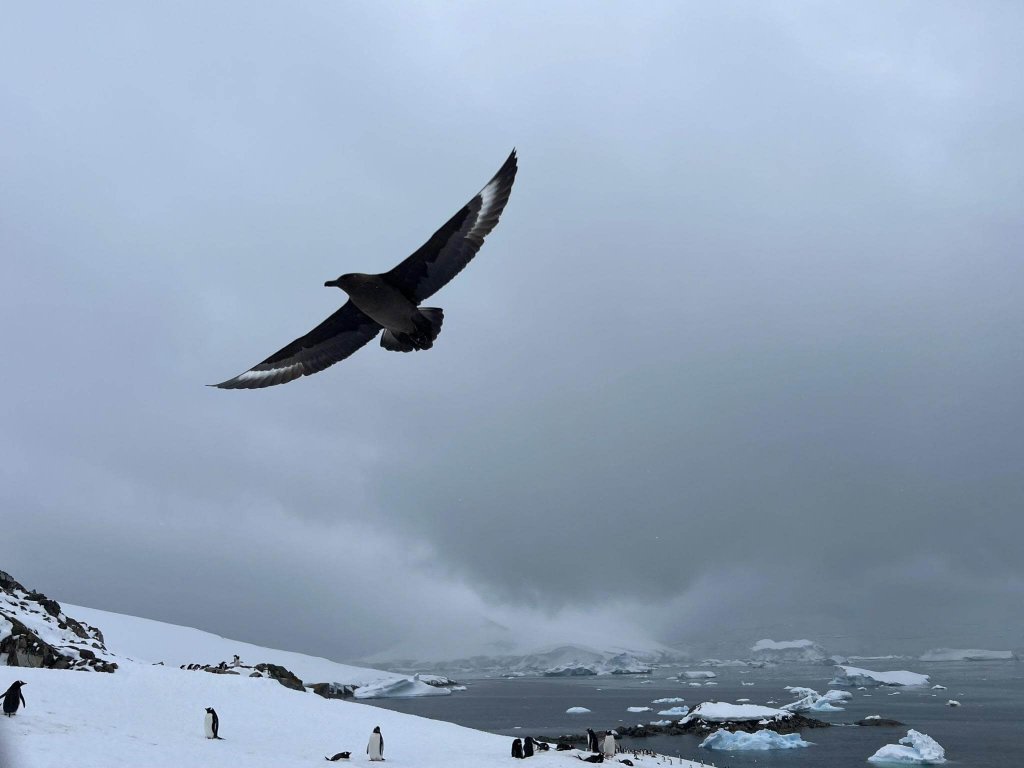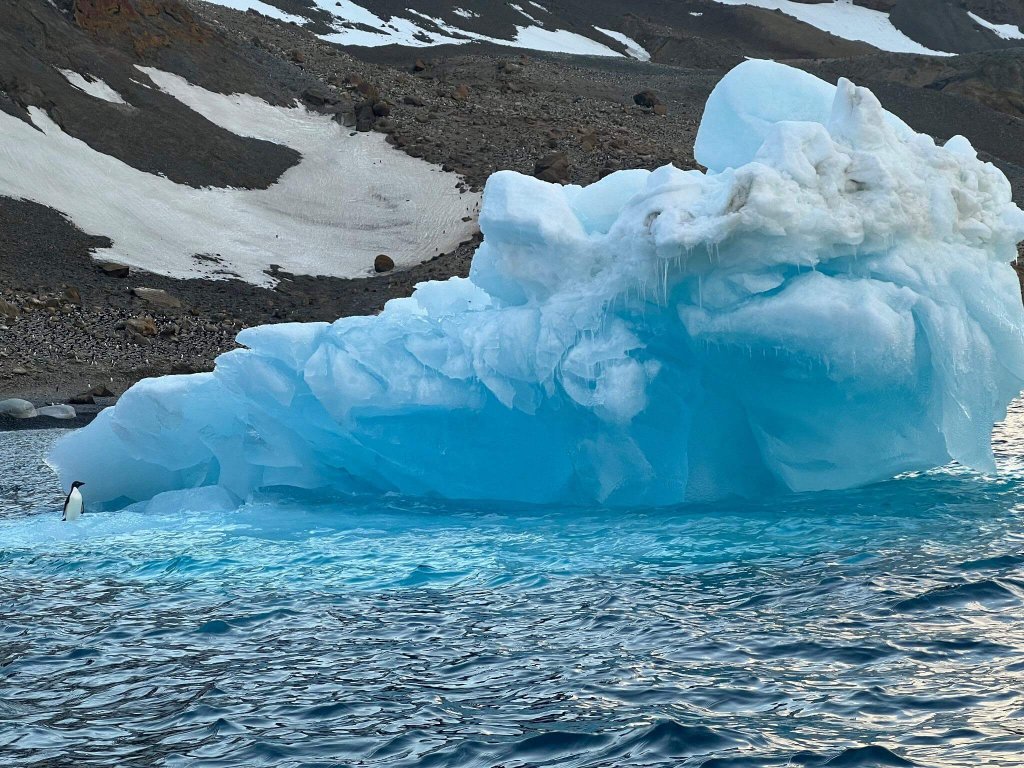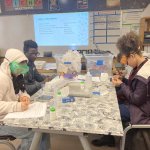An Antarctic Expedition
Last year, 5th grade Berkeley Teacher Jacqueline Omania was selected by National Geographic as a Grosvenor Teacher Fellow. The Grosvenor Teacher Fellowship (GTF) is an experiential professional development opportunity offered through the National Geographic Society and Lindblad Expeditions. This program sends teachers out on expeditions to remote locations to inspire them to teach students about the natural wonder of our world and how to protect and preserve it. This year 35 teachers from the US and Canada were selected out of 500 applicants; out of the 35 only 8 received Antarctica for their destination this past November 2024, including Jacqueline.
While the Fellowship was fully funded by National Geographic, Title 1 schools such as Jacqueline’s do not have the funds to pay for a substitute teacher in order for teachers to take advantage of incredible opportunities such as this. This is where PVF comes in. Our Teacher Resource Grant Programs are intended to help teachers in expand and enhance their classrooms, including through professional development opportunities. We were glad to be able to support Jacqueline, a teacher that helped establish a Climate Literacy Resolution in Berkeley Unified School District, in taking advantage of this once in a lifetime opportunity to visit the South Pole and study climate science.
Read Jacqueline’s report below and enjoy a few of the breathtaking photos she shared!

For me the journey to Antarctica was a dream come true! I have been curious about Antarctica ever since I could read. The landscape was breathtakingly beautiful- serene, vast, pristine with air so pure you felt newborn. The experience was amazing- but the joy of sharing this privilege of visiting the last wild place on Earth has also been absolutely wonderful. My photos aim to allow viewers to feel in a sensory way what I felt and to convey a connection to water – from sea, to iceberg and ice sheets, to snowflakes – emphasizing the importance of water on our planet.


With every landing, I want to feel what it is like to live in this extreme icy environment from each animal’s point of view. I often abandon my camera and, figuring a phone photo can never capture the real beauty, I simply focus on being present. Yet, knowing that one group of my students is studying the birds of Antarctica, in one lucky moment, I look up and whip my phone out to capture this skua in flight. The skua is the predator of penguin eggs so this photo, possibly my best of the trip, gives a glimpse of the Antarctic ecosystem.
I have stepped onto the Antarctica continent, plunged into its waters, seen its vastness and felt the katabatic winds on my face. I have watched orcas, humpbacks, sei and fin whales swimming, Weddell seals basking in the sun, Adelie and Gentoo penguins building nests, Emperor penguins strolling across the Snow Island ice sheet and wandering albatrosses trailing our ship. I had looked forward to seeing the polar animals, but I did not also realize I would fall in love with the ice. The beauty of turquoise icebergs, the expansiveness of the ice sheets and the massiveness of the glaciers took my breath away. My knowledge of the history, ecosystems and importance of the continent expanded with each naturalist talk.

Participating in an expedition to the last truly wild place on Earth was a privilege that few have had. Now with this privilege, I feel a great sense of responsibility – a responsibility to work to preserve the pristine environment of Antarctica. Throughout my journey, I had my students in mind. Now, in words and pictures, I am sharing my experience with them, hoping to cultivate within each of them a passion to explore, as well as to protect our precious ocean planet.
My students see themselves as explorers now. So far they have taken a mock flight to Ushuaia (Argentina- for the ship departure), done deep dive research into specific topics (ice, birds, weather, research, history, marine mammals and more) for the informational essays they are currently writing and embarked on a mock expedition on the polar ship Endurance with a landing on the ice. The unit’s final culmination will be to create a cardboard arcade to teach other students (and their parents) of the importance of preserving Antarctica through playing games that will be based on the students’ deep dive research.




